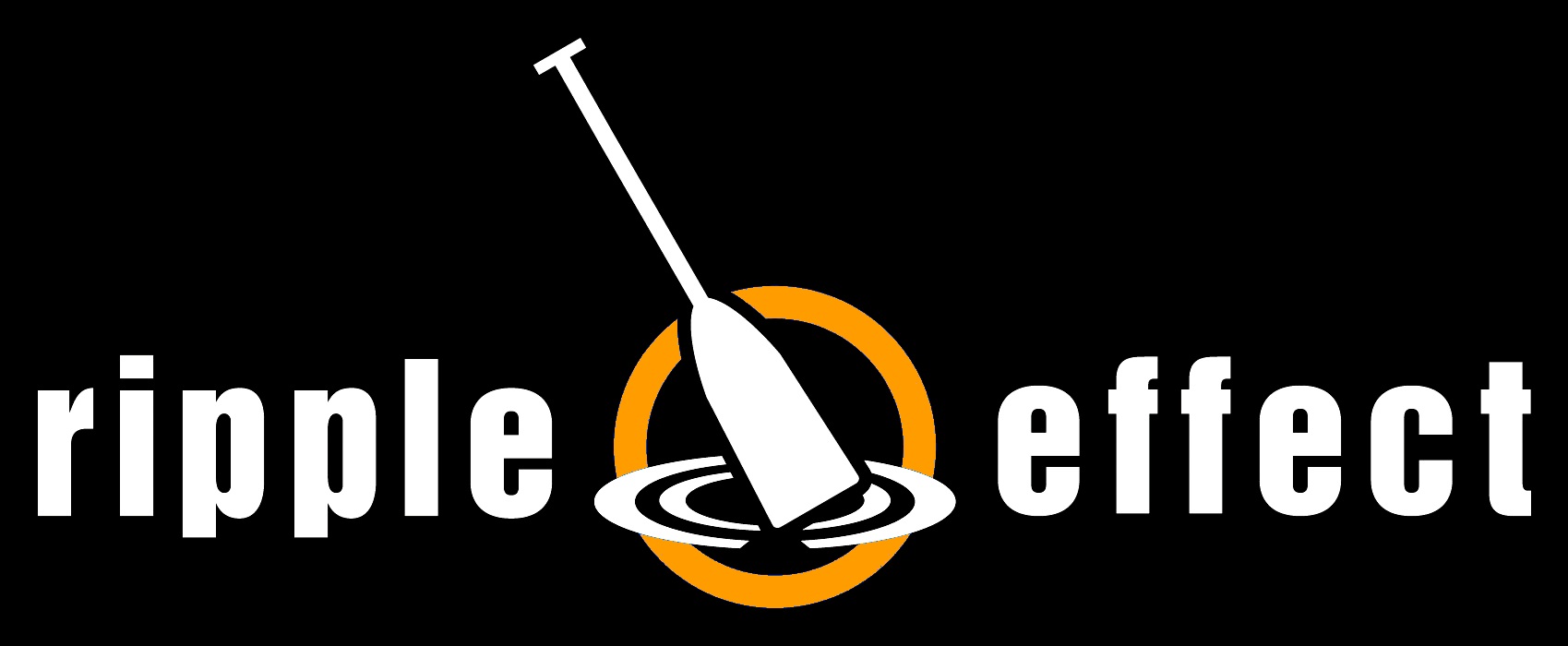DRAGON BOAT LEXICON
Paddling Commands In/Out of Dock
Bumpers In/Out
If you are sitting in a row with a bumper and your side is called for this command, place the bumper inside or outside of the boat based on the call.
Push Off
If your side is called for this command, reach over to the dock or the other boat and push off, essentially moving away from the dock or other boat
Back Paddle Position, Back Paddle Go
Place your paddle in the back setup position and start paddling backwards
Draw
Twist your torso 90 degrees so that it is facing outside the boat, set up your paddle outside of the boat so that the surface of the blade is facing your torso, catch fully and take strokes so that water is moving towards the gunwale and under the boat
Middle Out
When exiting the boat, the middle row exits the boat first and the rows in front and behind them would follow, one row at a time
Left/Right Side, Bring Us Closer to the Dock
As the boat approaches the dock, if your side is called for this command, reach over with your hand or T-grip of your paddle to pull the boat closer to the dock
Basic Paddle Commands
Let It Ride (Let it Run)
Stop paddling and rest the paddle on your lap
Hold / Hold The Boat
Place the blade in the water next to your hip with the blade perpendicular to the gunwale so that the boat will slow down and eventually stop
Hold Hard
Same motion as “Hold the Boat” but with an intention to stop the boat quickly, bury the blade deeper and you may prepare to back paddle
Brace / Brace the Boat
Place the surface of the blade on top of the water next to your hip, essentially increasing the surface area of the boat, typically called when the boat is rocking side to side due to water/wind conditions or when people are moving seat positions within the boat
Paddles Up (Paddle Set), Take It Away
Set up position and start paddling
Basic Paddle Stroke
Set Up Position
This is the position before you take a stroke. Your top hand is wrapped across your forehead and is lined up outside of the gunwale; your top forearm should be a few inches in front of your forehead; your bottom hand is extended in front of you with the top hand and bottom hand lined up; the tip of your blade is a couple inches above the surface of the water
Catch
The action of submerging the blade fully into the water; your torso and arms should be moving forward and downward to achieve the catch; weight should be placed on your gunwale side leg and imagine lunging forward as you complete your catch; the blade should be fully submerged into the water which means that no portion of the blade should be seen above the water; you should be fully rotated at this point with your inside shoulder back, inside hip back, chest up and facing your benchmate, eyes up, head and chin pointed forward; paddle angle should be slightly positive; do not begin to pull until all of the above has been achieved.
Pull
The action of pulling yourself and the boat forward; initiate the pull by thrusting the inside hip forward followed by a de-rotation of the torso and shoulders until they are squared up while also move your torso upward and backward; apply pressure against your gunwale leg by engaging your leg muscles and pushing off; keep your bottom arm locked during the pull; maintain a soft bend in the top elbow and avoid changing that elbow angle; apply downward pressure with your top hand; engage your outside lat muscle during the pull; complete your pull until your bottom hand reaches your mid-thigh before exiting; keep top hand and bottom hand lined up on top of each other throughout the entire pull
Exit
The action of removing the blade from the water after the pull is complete; use both hands, outside hip and core twist to slice the blade upward and out to the side and immediately start moving your upper body forward along with your paddle; this is a quick action that can also be described using the following terms: slice it out, pop it out, cut it out; avoid moving the blade behind your hip after it has exited the water
Recover
The action of rotating your body and setting up your paddle in position for the next stroke; the upper body should begin moving forward as soon as the exit is complete; the speed of your upper body moving forward should be the same as the speed of your paddle moving forward; inside hip and inside shoulder should be moving back and chest should be rotating towards your benchmate; take this time to inhale and release the tension in your body; movement should be smooth with no sudden movements such as snapping the paddle forward with your arms or throwing your upper body forward
